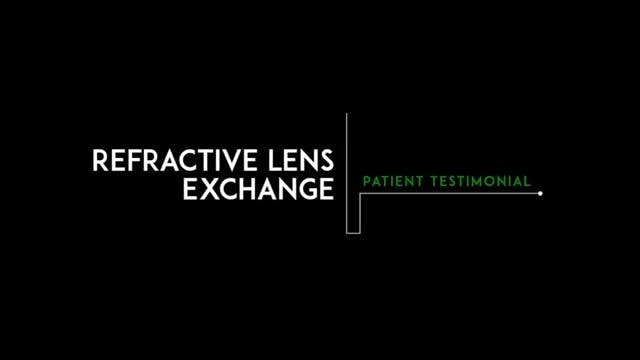Have you ever dreamed of a life without reading glasses and bifocals. Thankfully, custom lens replacement, or lens replacement surgery, is an innovation in laser eye surgery that allows for the replacement of the dysfunctional lenses that allows for restoration of your reading vision and prevention of future aging and including a future prevention of cataract formation.
The Ultimate in RLE: CLEAR® — Custom Lens Extraction And Replacement
CLEAR® is a uniquely effective treatment for DLS, or dysfunctional lens syndrome, a condition that affects a vast majority of men and women aged 40 and over. Through the natural course of aging, the eye’s internal lens becomes progressively more cloudy and unclear, and the eye begins to lose its ability to focus on objects near and far. Left untreated, DLS results in the need for glasses and contact lenses, and, continuing further, their eventual inability to help you see well. As DLS progresses, contacts, bifocals, and glasses are rendered useless if the condition isn’t effectively corrected. It is also significantly treats presbyopia.
CLEAR® restores perfect vision by replacing the cloudy lens with a crystal clear, restorative implant exchange that lasts a lifetime and prevents the continued deterioration of your vision as you age.













